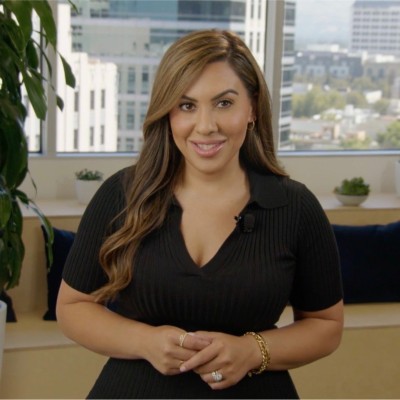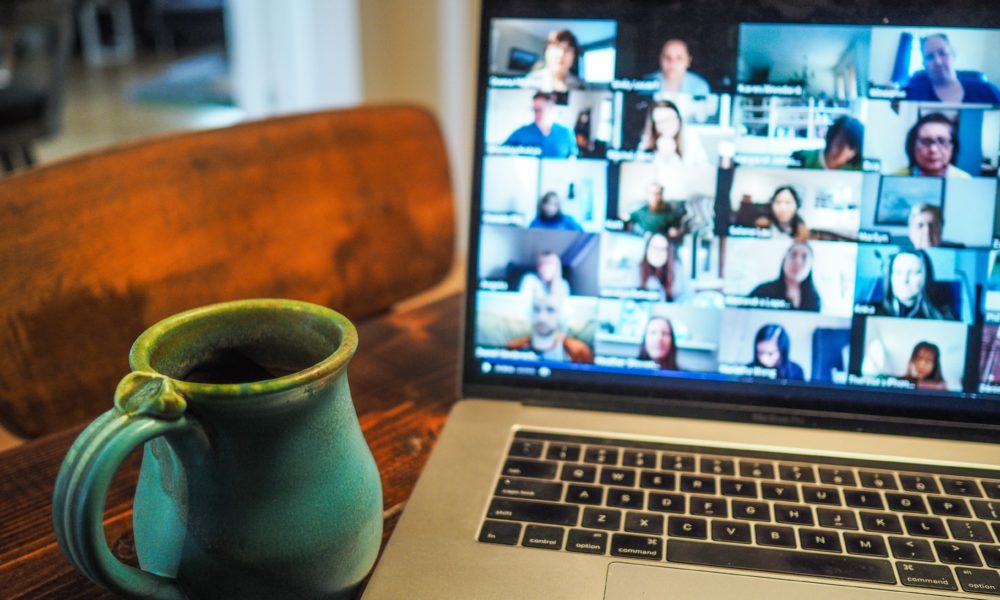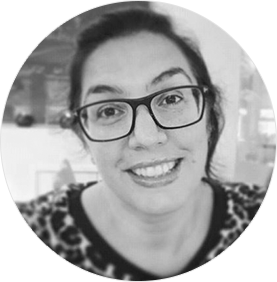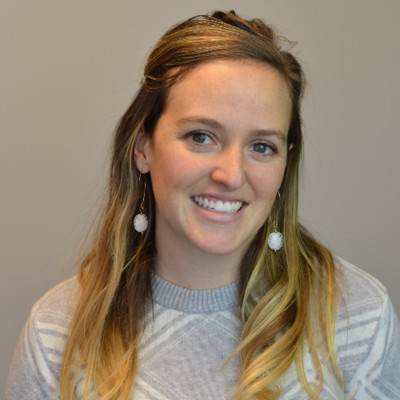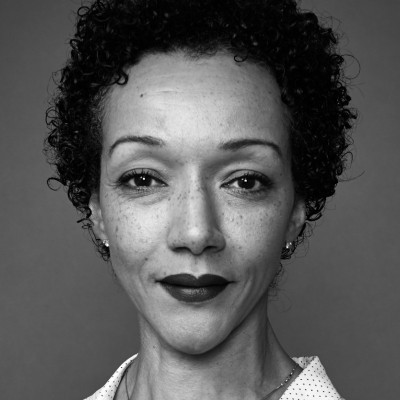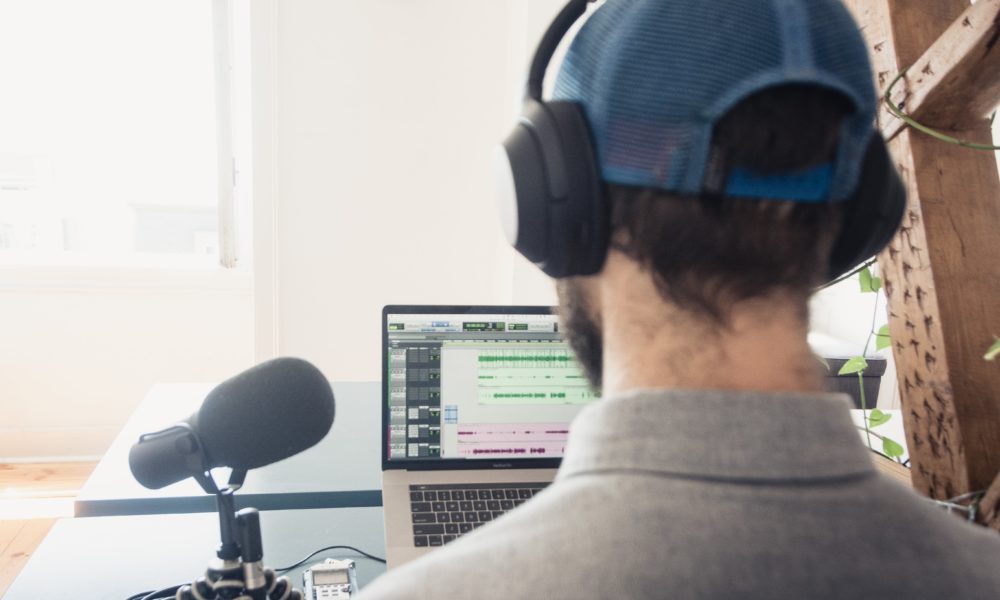Episode 111: Michelle Dotson on Delivering Your Sales Kickoff Virtually
3.1K Views | 17 Min Read
Shawnna Sumaoang: Hi, and welcome to the Sales Enablement PRO podcast. I am Shawnna Sumaoang. Sales enablement is a constantly evolving space and we’re here to help professionals stay up to date on the latest trends and best practices so that they can be more effective in their jobs.
Today I’m excited to have Michelle Dotson from Zoom join us. Michelle, I would love for you to introduce yourself, your role, and your organization to our audience.
Michelle Dotson: Perfect. Thank you, Shawnna, for having me. I’m so excited. My name is Michelle Dotson. I am the senior manager of Zoom sales enablement team, and we have a global team right now running enablement for all of our revenue organization within Zoom.
SS: I’m extremely excited to have you here with us, Michelle. You and I were just talking about this, but you have recently hosted a completely virtual sales kickoff, and you also had written an article on it about the sales kickoff where you talked about how important it is to acknowledge the challenges that people might be facing right now due to all of the uncertain times that we’re in. I’d love to hear from you why is this important and how did you do this during your recent SKO?
MD: Sure. So, I think in creating a virtual SKO the biggest thing that we had to focus on is creating connection. And so, when I was meeting with my leadership team, what I stressed with them is you can’t connect without being vulnerable and being real. People are going to feel like it’s watching a Netflix episode that doesn’t relate to them. And so, we urged our team, really in our leadership and anyone who was presenting, to if you could make light of how hard it is to be working from home, to address all of the different things that are happening in the world, and to connect people and to meet them where they are.
So, some people are raising children and they have virtual schooling going on right next to them while they attend your SKO. Some people are worried about the political unrest that we have in several different countries. There are people who are worried about their spouses who might be front essential workers in this whole COVID crisis that we’re in. So, if you can’t address what’s real and what’s happening, I think you instantly will lose an audience and lose that connection. So, in our keynotes, in our product main stage sessions, in even some of the more fun and casual sessions that we created we urged people to just be real. So that was kind of the basis of where I tell people in the article to address what’s going on in the world.
SS: I love that. Keeping it open real is critical right now and transparency is so valued within the organizations. So, obviously Zoom is a relatively large organization and given that your sales kickoff was virtual this year, how did you guys tailor that experience for the employees in different time zones and maybe regions?
MD: Sure. So typically, an in-person event, you get to, let’s just say, fly everyone to Las Vegas. You have that typical ballroom setup, you throw a party, you know how that goes. Virtually you can’t force everyone to look at the same screen and you are now dealing instead of one location, we had over 50 different countries attending this event. And so, what we had to think about and really look at is the data of our audience. And so, I’ve been in sales ops and sales enablement for over 10 years, so I tend to look at data and really dissect it. Who is attending? What time zones are they in? What’s their tenure? How do I tailor this event so that from the moment they are logging on they are engaged and it’s relevant to them?
So, after looking at our attendee information, we realized that we had 2200 people globally who needed to attend and that it would be best for us to have three agendas. So, we ran a Pacific or North America agenda out of a San Francisco time. We ran one for our EMEA teams through our Amsterdam time, so central European time. And then we had a third one that was run out of a Singapore time as well. That allowed for everyone to have not only a relevant start time that allowed for them to log on not at 3:00 AM, but at like a 9:00 AM for them so it’s more manageable. But it also allowed us to tailor the actual sessions, the presenters to have in-region customization as well, and to bring on customers that are relevant or outside agencies that were relevant in time zone at reasonable hours. So, I think it’s a mix of figure out who’s coming, figure out what times work best, and then start to tailor from there.
SS: Absolutely. And you’ve mentioned this a few times, but how important it is to try to be able to capture the spirit and energy of everything that’s going on, especially momentum. So how are you able to do that throughout a virtual event? And also, how did you help to prevent your attendees from feeling fatigued?
MD: When you look at just attention span, there’s some recent studies that have come out saying our adult attention span is worse than it’s ever been ever in the history of time. Right now, because we are so, we are just multitasking all day. We are working. We are watching our kids. We are opening the door for the Amazon delivery person. So, you have to be really engaging. And what that means is leveraging multiple kind of facets and ways of delivering information. So, for us, it was really important to cut down anything that’s fluffy and extra, anything that was really taking away from the point. What people really want to know is what do you want me to learn? And what do you want me to do after I leave this session?
We’ve kind of anchored on those two things, regardless of what the topic was. Obviously, you need to leave room for relating bonding, getting people to understand who the presenter or the speakers are if they’re new, but we really just created shorter segments. So, our sessions, nothing was really over 30 minutes. And that was for products, you know, really detailed, complex, sessions. We had a lot of 15-minute sessions on skill, on personal development. We had shorter sessions, we did a lot of Q&A, but limited the time. That allowed for a couple things, it allows your attendees to have some breaks throughout their agenda.
It also allows them to know that this topic is not going to drag on. And if I don’t pay attention for these next 10, 15 minutes, I’m going to miss something. So, for us, that’s kind of how we were able to build an engaging agenda. The sense of urgency, the amount of time that a session will be, you’re really forcing not only your presenters to relay the extremely important, but your audience is like, how are they going to tell me everything I need? I better pay attention. And we saw that really work well in a virtual setting.
SS: I love that. The other thing that you mentioned in your article was the idea about gamification and how it was a key to driving engagement during the virtual event. I’d love to hear about some of the strategies that worked well for you on that front, and also if there was anything that maybe it didn’t go quite as planned.
MD: Sure. So, I think if you don’t build an engaging gamification part to an event that it literally will just feel like your attendees are watching a season of episodes on Netflix because it is virtual, and they are just clicking and they’re just watching something. So, what we tied the gamification to was learning. It wasn’t just about attendance. It was really about engagement and the retention of the data that’s being delivered. So, yes, we looked at, you know, did you click on this link? Did you go to the page? How much time did you spend on a page? You would get points for all these kinds of behaviors, but you’d also get points for answering questions and the questions are really tied to the content that was delivered. So, after you attend a keynote or a product session, you at the bottom of the page have a chance to earn more points by answering a question that you only would have truly understood by attending. And then there was points for things like networking. So, if I’m chatting with peers, if I’m creating, if I’m commenting on sessions, if I’m creating a poll, if I’m engaging, if I’m showing that I’m invested in this event, we were also able to give points.
I think that changes the behavior of the attendee. It’s less about, I’m just watching on the side and more of I am fully engaged, and I want to learn during this event. We have some very, very competitive people at Zoom. So, they loved the gamification part. We were very upfront with the prizes. We had big cash prizes. We gave away a Peloton. There were points for, we had a “Zoom’s Got Talent”. So, if you submitted your audition for that, you got extra points. So, any kind of way we could engage people we gave them points. So, overall, I think it went really well.
Where I would improve is gamification with salespeople. You got to think about how they will game you, right? So, you’re creating a game for them, but sometimes you as the person running the event might get played a little bit. So, I think I would have tested gamification a little bit more and I would have been very upfront and clear on what are the rules, what can’t you do. We focused on a lot of, you know, having gamification rules upfront and how do I earn points and how do I earn badges? What we didn’t specify is the behavior that we didn’t want. So, people find loopholes and they find ways to earn points and manipulate the system. So, I would just say, I think gamification is necessary. I also think you got to fully look at the 360 experience when it comes to gamification.
SS: I love that and go figure from those sales reps. Now, I want to talk a little bit about your leadership team. You talked about how, you know, at the onset you asked them to be very open and real with the audience. I’d love to dig in a little bit more and understand how you got the leadership team involved in the sales kickoff both during the planning and throughout the entire event.
MD: So, I think I got to take a step back to tell you that I had only been with Zoom for about four months when we started planning the event. So early on, you know, I had a new leadership, to me they were new, and they don’t really know me and they’re just looking at me like, okay, you’re going to play in this event, but we don’t even know what you can pull off and you have some really wild ideas when I first presented my kind of strategy for the event. I engaged the leadership team early. I got buy in from our CRO. I got buy in from his directs that lead the different groups and segments within Zoom and I asked for their feedback. But I also knew what worked really well for a sales kickoff. So, it was a mix of, you know, how do we tailor for Zoom, but also here’s what I think will make a great virtual experience.
Where I really partnered with our leadership team was the messaging and the scripting. They had to have a consistent message. They needed to anchor to the same pillars. They needed to have the same second-half goals since ours is a kind of like a mid-year kickoff. They had to know what the other person was saying, or like the right-hand needs to know what the left hand is doing. Otherwise, one of them was going to look out of place or the message was going to look out place. So, we really focused on having a cohesive message, strategy, pillars, and kind of objectives for the events that all of the leaders knew about, agreed to, and kind of reinforced throughout every session.
SS: I think that’s fantastic. Now, I’ve really enjoyed this conversation. And I realize that it only happened rather recently, but I’d love to understand how you’re thinking about measuring both whether there was a return on investment or the success of this SKO and how that might be different from an in-person event versus this virtual one that you hosted now.
MD: So, obviously we tracked, you know, every penny that we spent. There’s still a substantial amount of money that you’re going to spend on even just a virtual event. There’s a lot of things that go into it that I think, you know, some leaders or some companies might think it’s virtual, we don’t have hotel rooms, we don’t have catering so there’s like less costs associated with the event. But we found that it was the opposite that we still had a heavy investment in the experience.
What I looked at for success was, we sent a 20-question survey following the event, and it wasn’t just about, you know, did you enjoy the event? It was about, was it valuable? Did you, what was the messaging you left with? Do you feel more confident in your role within the business? What are some of the things you’re going to take and implement when you go back in the field or in your role as a manager? How do you feel leaving the event? Because I think that’s the part where you can show your leadership team that you move the needle.
We also ask people some questions before. So, it’s almost like gauging pre and post the confidence or competence and how they feel or what they know before they attend the event. And then do it again afterward to show any kind of areas of growth. That’s what we did. And that’s what I showed to our executive team. They were really surprised to see how many people said they were refreshed, they were motivated, they were recharged. And how many people said, I’d been here three-plus years, and these are some of the new things that I learned in this event. In a virtual world, you need to ask different questions I think and really just gauge where people are going to take the event and the content and all the work your teams put into it, how are they going to apply it? So, giving them kind of a free form area to answer that was where I think we did a great job of relaying that information back to our executives and building that ROI kind of use case for them.
SS: Well, Michelle, I think you guys sound like you did a fantastic job with your sales kickoff being virtual this year, so kudos to you. And again, thank you so much for being able to join us today to chat about this.
MD: Absolutely. Thank you so much for including me. I, you know, you learn a lot doing something for the first time. None of us had ever done a virtual event. There are a million things we’ll probably do differently for the next one. All I can say is that it was fun, that people felt really great after they left, and if anyone’s kind of nervous about throwing their first virtual sales kickoff, I would say it’s going to be fine and it’ll be great because if we could pull it off, then you can too.
SS: Thank you so much, Michelle. To our audience, thanks for listening. For more insights, tips, and expertise from sales enablement leaders, visit salesenablement.pro. If there’s something you’d like to share or a topic you’d like to learn more about, please let us know. We’d love to hear from you.

